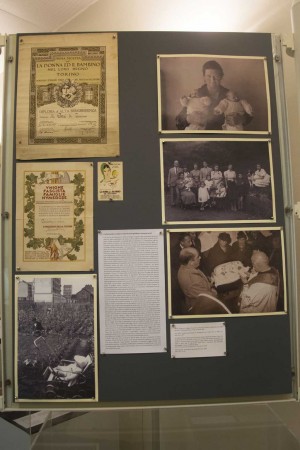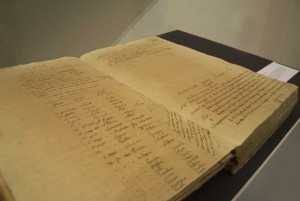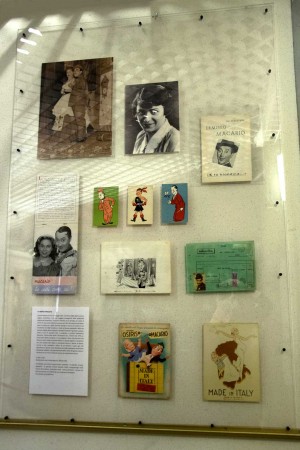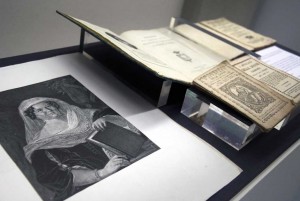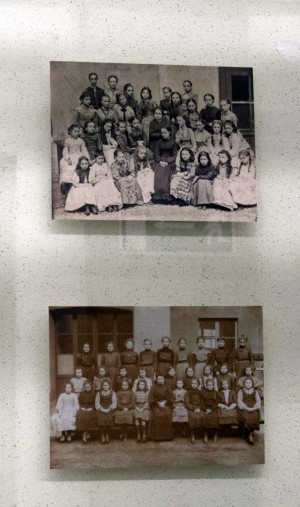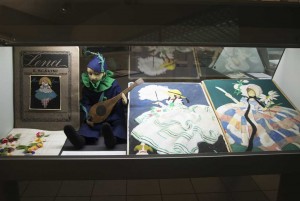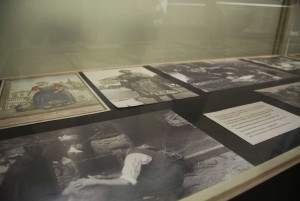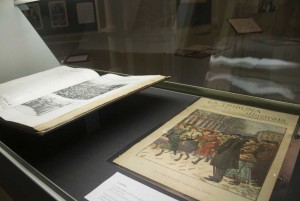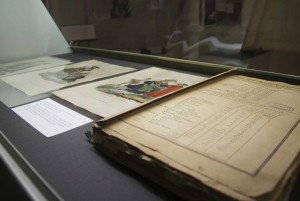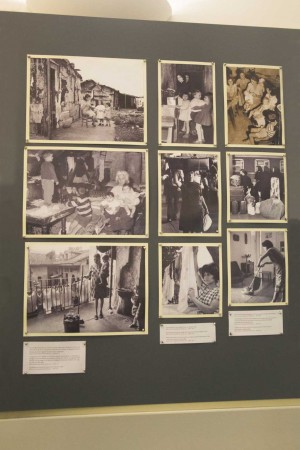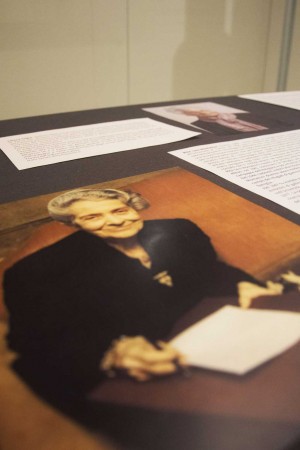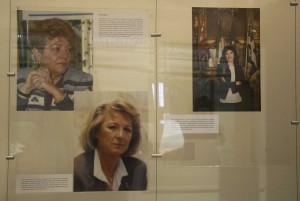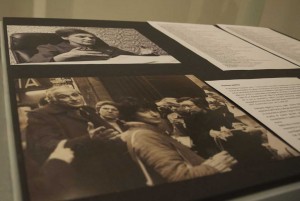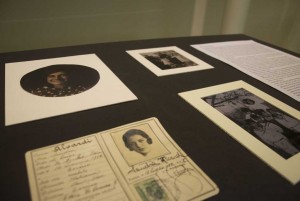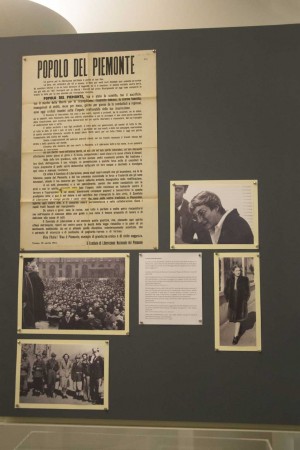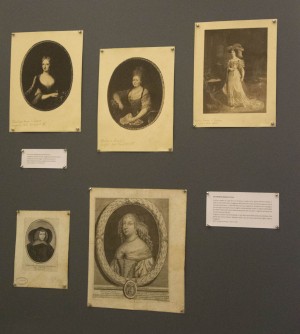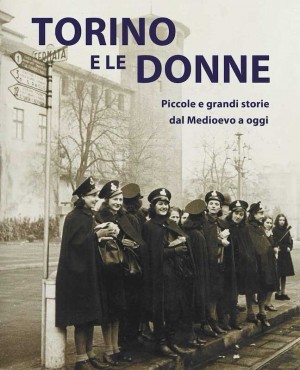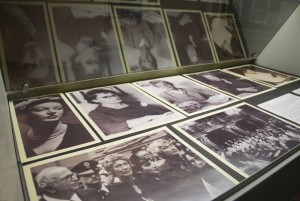Turin and women. Small and big stories from the Middle Ages to today - The family institution in Italy and Turin between legal rules and social changes
"Turin and women". Section: The family institution in Italy and Turin between legal rules and social changes.
Archivio Storico della Città di Torino, on display from October 6, 2021 to March 31, 2022.
The innovations of the code Napoléon
Until the end of the eighteenth century, family law was regulated by the provisions of canon law, by the interpretations of Roman law developed by jurists starting from the twelfth century and by the consolidated customs of domestic life. However, the organic arrangement of the matter has a precise date: 30 windy year XII (March 21, 1804), with the entry into force of the code civil des Français also called code Napoléon: for the first time the state legislator was entrusted with the regulation of the matter. In Turin and Piedmont (under the jurisdiction of France) the code was published in Italian and French: the registrations of births, deaths and marriages, a task of the Catholic Church (as established by the Council of Trent) were entrusted to the Municipality - as evidence of this, the first volume of the series of registers kept in the Civic Historical Archives entitled Actes de Mariages et Divorces and the first registration made on 25 September 1803. Although the divorces were not registered (because the sentences started were not still concluded), volume 1 bis contains an interesting note: "At the beginning of the year 1799 the custom of contracting civil marriages and divorces [before] the Municipality, and in the presence of the Municipal Administrators, was introduced in Turin". The registrar had to take care of marriage banns and request parental consent for minor children; however also the norms of the French code had to deal with the centuries-old rootedness of Catholicism in society and with the rigid interpretation of the norms by the judges. With regard to relations between parents and children, the civil code recognized the equality between legitimate daughters and sons; despite this, the practice of fathers of giving one son an advantage over others was still in force, but the judiciary worked against these tendencies, recognizing the rights of daughters and cadets and declaring testamentary replacements invalid. With regard to equality between the spouses, in the queue the widow did not enjoy guarantees and in general the woman did not achieve parity with the man; in any case, the ground was fertile for a maturation and evolution of the rules underlying family law.
Between conservation and change
With the Restoration, the conquests in matters of equality were certainly attenuated but the Albertine code of 1837 did not completely ignore the changes in the matter of marital status, even if they were in any case aimed at preserving a certain secular conception of the family. Only in 1942 there was a branch of the civil code dedicated to the subject: codified by the fascist government, Mussolini's family law conceived a nucleus based on the subordination of the wife to her husband and on the distinction between legitimate and natural children (born out of wedlock); the protection of the latter was formally sanctioned only in 1948 with the entry into force of the Constitution, which also affirms the principle of equality of spouses (articles 33 and 29).
The requests for transformation between the 1960s and 1970s
With the evolution of society, the traditional family model was gradually abandoned and the marriage contract turned into a private pact: the transformation of the marriage was radical and even divorce became an acceptable component. In the 1960s, the struggles of socialists, radicals and the LID (Italian League for the institution of divorce) led to the Fortuna-Baslini law (no. 878 of 1970). The referendum to abrogate the divorce of 12 May 1974 saw the participation in the polls of 87.7% of those entitled to vote and 59.3% of the voters expressed themselves in favor of confirming the law; the following year the reform of family law comes into effect. The Italian Constitution established the principle of moral and legal equality of spouses but maintaining a series of limitations to safeguard the family unit; the 1975 family law instead made the principle of equality operative according to which marriage is regulated by law on the basis of equality of couple relationships. It should also be remembered the law on abortion (No. 194 of 22 May 1978), also passed after years of political battles in which article 1 states: "The State guarantees the right to conscious and responsible procreation, recognizes the value of motherhood and protects human life at its inception. Voluntary termination of pregnancy, referred to in this law, is not a means of birth control".
The continuous evolution of the concept of family
Returning to the concept of family, already in 1989 the Italian sources presented a dichotomy because they defined both a "natural society founded on marriage" (art. 29 of the Constitution) and "the set of people linked by a bond, kinship, affinity, adoption, protection, or from emotional ties, if cohabitants or with habitual residence in the same municipality" (art. 4 DPR 223/1989). The examination of factual situations has led to a series of revolutionary legislative innovations: we recall the law 40/2004 on assisted procreation, the 54/2006 on shared custody, the 76/2016 on civil unions between persons of the same sex - the last piece, for now, of a regulatory evolution in a changing society.
Towards the recognition of all unions
On February 27, 2010 Sergio Chiamparino, mayor of Turin, celebrates the symbolic wedding between Antonella d'Annibale and Debora Galbiati Ventrella. The Turin citizens had responded to an appeal from the Civil Affirmation campaign curated by the Certi Rights association and by Rete Lenford - Advocacy for LGBT rights which in 2008 had proposed to homosexual couples to go to the civil status offices to request the publication of marriage. The foreseeable denial was challenged by the lawyers of the Lenford Network before the courts, on charges of discrimination: first the Court of Turin and the Court of Appeal then supported non-discrimination, as the law did not provide for the publication of marriage documents between people of the same sex. Antonella and Debora in 2009 turned to the mayor Chiamparino who agreed to attend their wedding in an informal way, at the Rotonda del Valentino. "I cannot marry you because the Italian law does not allow it - said Chiamparino - but I wanted to attend this beautiful ceremony hoping that my presence can help everyone say that you are Serie A citizens, like all of us". The collection of civil affirmation cases means that one of them reaches the Constitutional Court where, with the judgment 138/2010 of April 14, 2010, although not recognizing the right to marriage, the constitutional dignity of homosexual unions is recognized.
Note
CLICK ON THE CAPTIONS OF THE PHOTOS BELOW TO CONTINUE
(Mostra a cura di Maura Baima, Luciana Manzo, Fulvio Peirone. Segreteria: Anna Braghieri. Progetto espositivo: Ottavio Sessa. Allestimento: Gisella Gervasio, Manuela Rondoni. Riproduzioni fotografiche: Giuseppe Toma, Enrico Vaio. Foto web: Deborah Sciamarella. Collaborazioni: Andrea D'Annibale, Massimo Francone, Omar Josè Nunez, Anna Maria Stratta. Per MuseoTorino: Caterina Calabrese, Surya Dubois Pallastrelli, Diletta Michelotto. Traduzioni: Surya Dubois Pallastrelli, Laura Zanasi).

